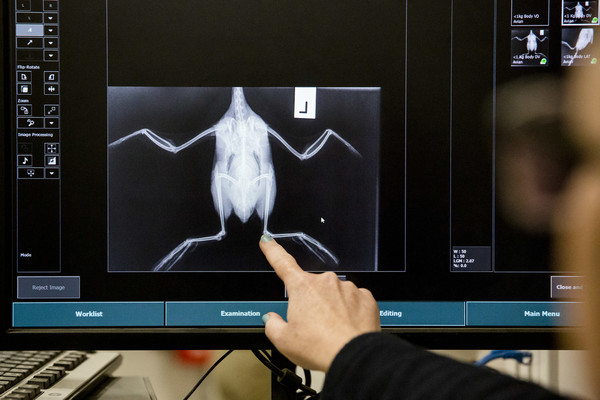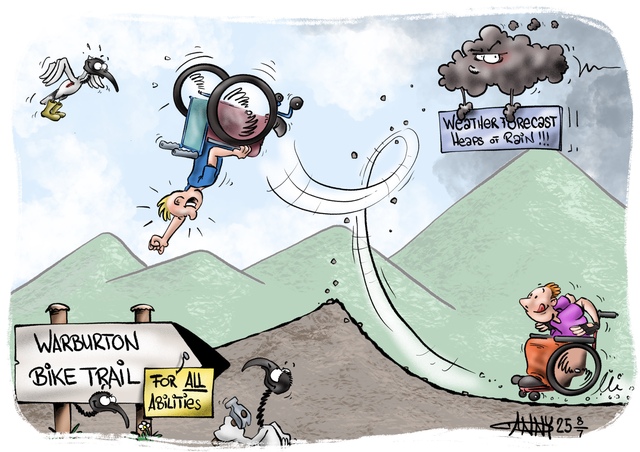Legs flayed to the side, a plumage of fluffy baby feathers and an exaggerated hobble – this tiny bird appeared to be an injured duckling in need of urgent veterinary care.
However, it was a case of mistaken identity for the Australasian Grebe that was brought into Healesville Sanctuary’s Australian Wildlife Health Centre (AWHC) last week in perfectly good health.
AWHC veterinarian Dr Lee Peacock said the hospital often saw Grebes brought in by caring community members concerned that the bird had been hit by a car or been separated from its parents.
“This particular Grebe was found by a member of the public near a road being swooped by some ravens,” Dr Peacock said.
“Luckily for this little guy, aside from a superficial graze, there were no injuries detected.”
“It is the small bird’s unique skeletal structure that makes it both exceptional within the avian community, but also poses a few challenges when undergoing veterinary checks.
“Grebes have unique anatomical changes that have evolved to make them the ultimate divers,” Dr Peacock said.
“Their specific leg anatomy means they can’t walk without a very marked waddle on land, giving off the impression that they may be suffering a neurological, muscular or skeletal injury.
“Their flattened long leg bones and boney knee structures, called ‘cnemial crests’, make for very interesting radiographs, and can potentially be misidentified as fractures or arthritic changes.”
Grebes also have relatively short wings, using the surface of the water and their paddle-like toes to propel themselves into the sky.
“Grebes often mistake shallow puddles or the reflection of roads on rainy nights for lakes or dams and can get caught on the ground if they land because they can’t get enough of a run up to take off again.
“This also means they are at risk of being hit by cars or predated by cats or dogs once they are on the ground, as their means to escape is limited.”
Dr Peacock said anyone who comes across a bird they think is injured should take the bird to a veterinarian for assessment to ensure they are not suffering.
“Birds can hide the signs of injuries and appear to be quite calm even if they are in pain, so a thorough physical examination is often required.”
Luckily it was a happy ending for Healesville Sanctuary’s spritely Grebe, who has since been released back into a water body near where he was found.








